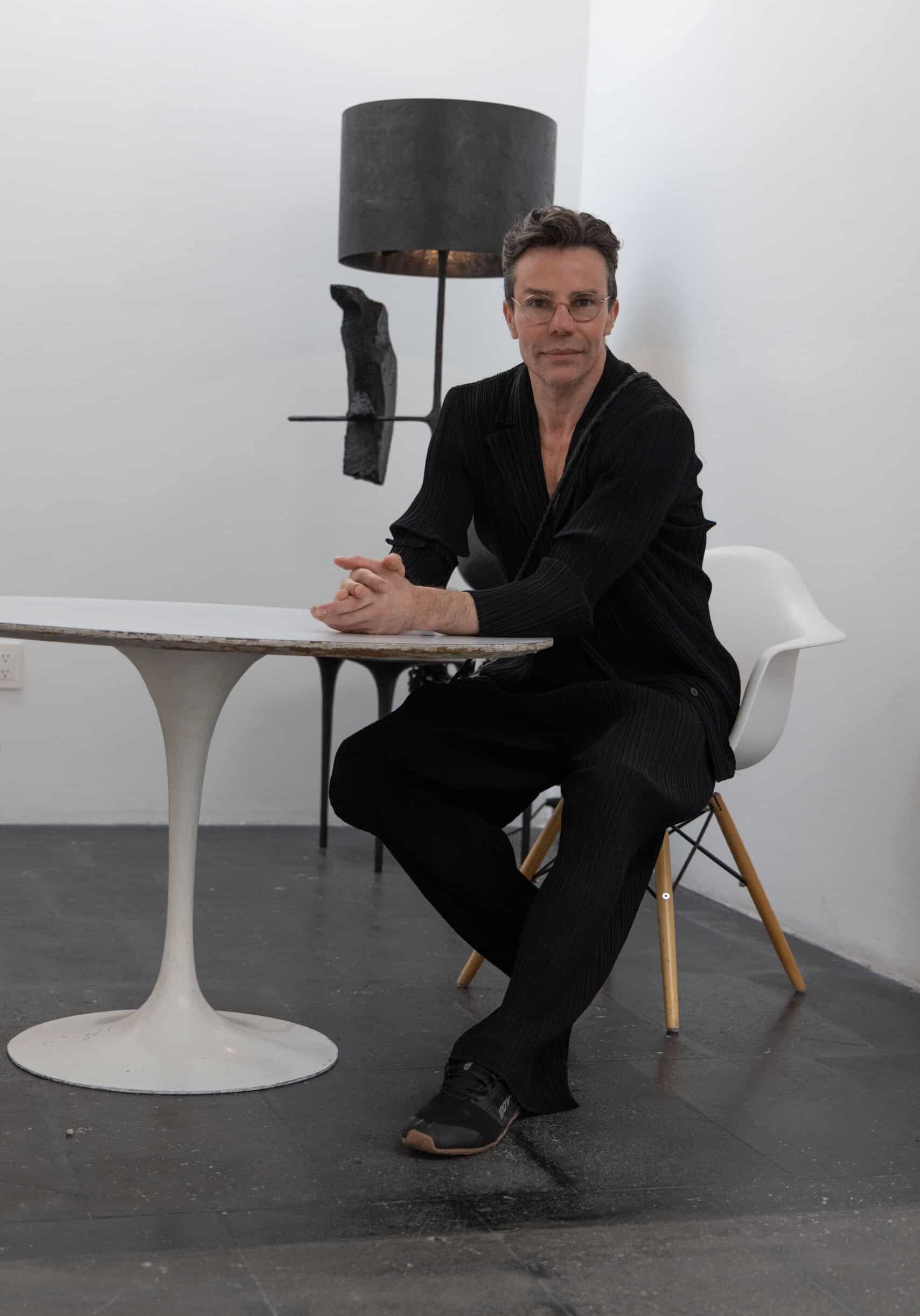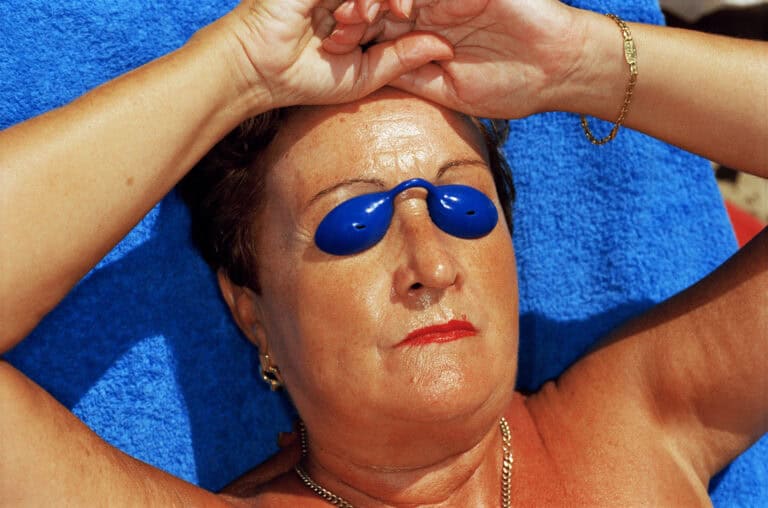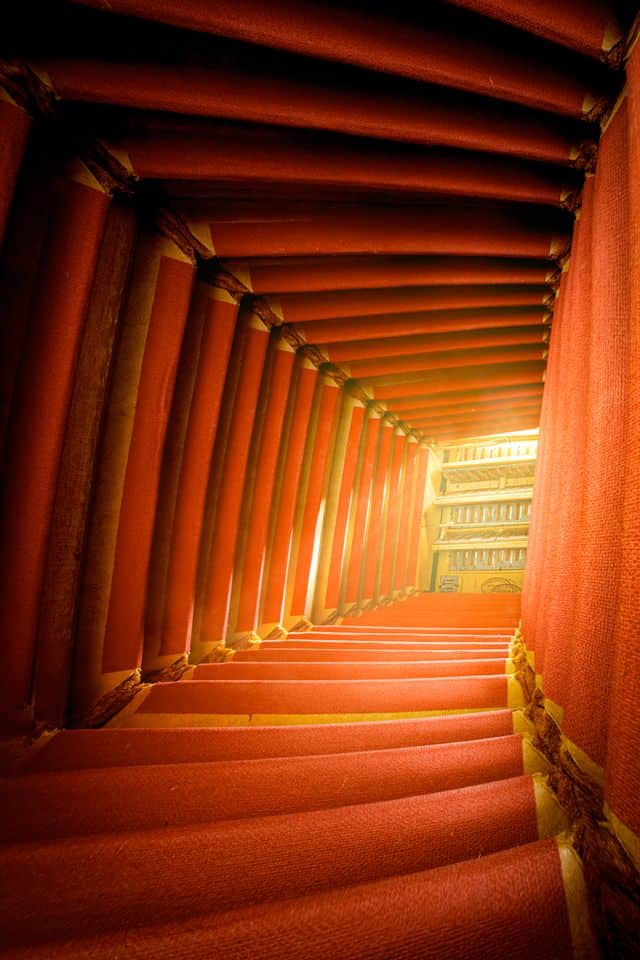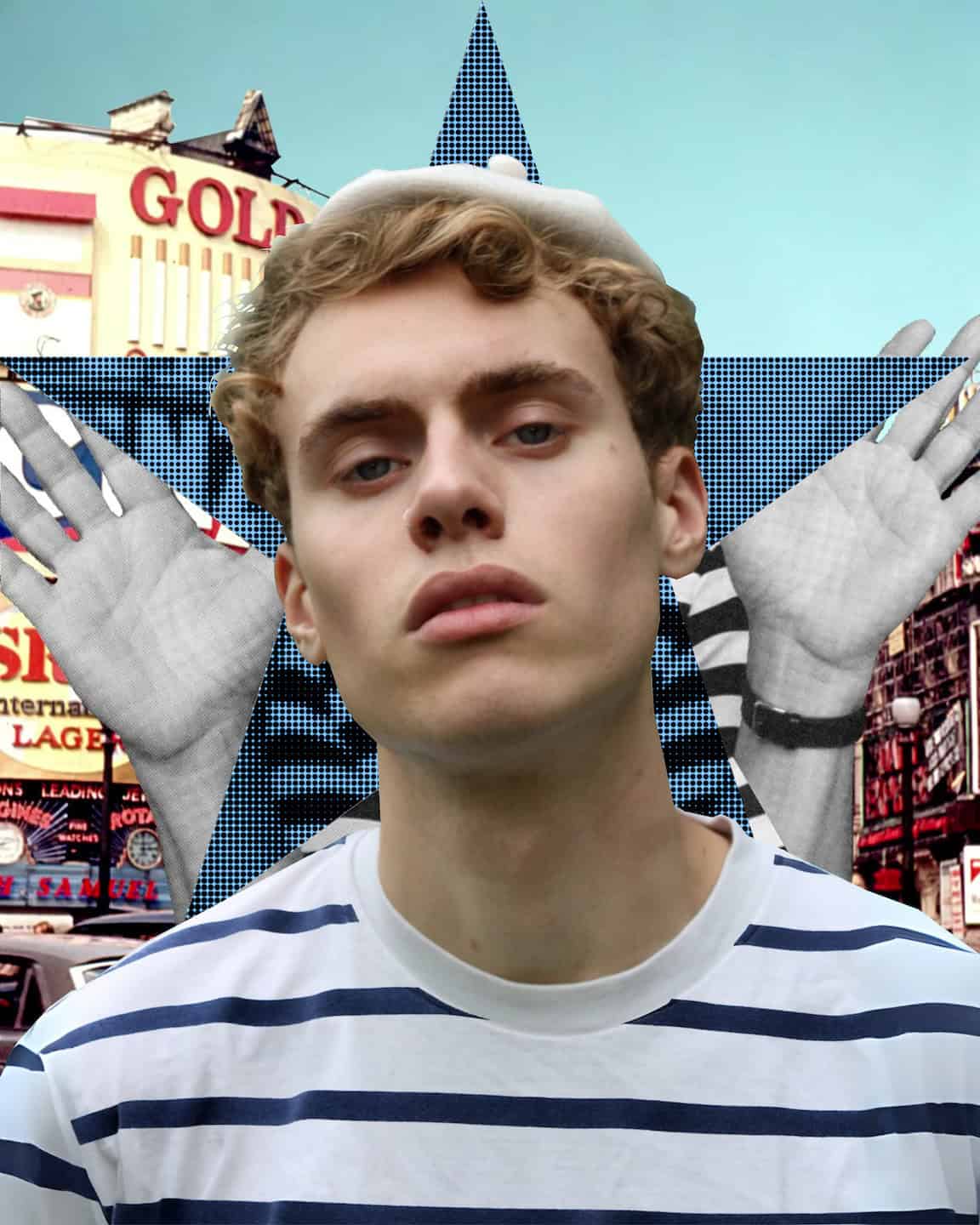
ELIJAH MCKENZIE-JACKSON
Patrick Duffy
REWRITING THE LANGUAGE OF PROTEST WITH ELIJAH MCKENZIE-JACKSON
At 21, Elijah Mckenzie-Jackson has already reshaped the terrain of climate activism, queer advocacy, and contemporary art. His debut book, BLUE, resists easy classification. Rather than adhering to convention, it moves fluidly between memoir, manifesto, and meditation. Moreover, it reads as a love letter to grief, imagination, and the slow, unfinished work of becoming.
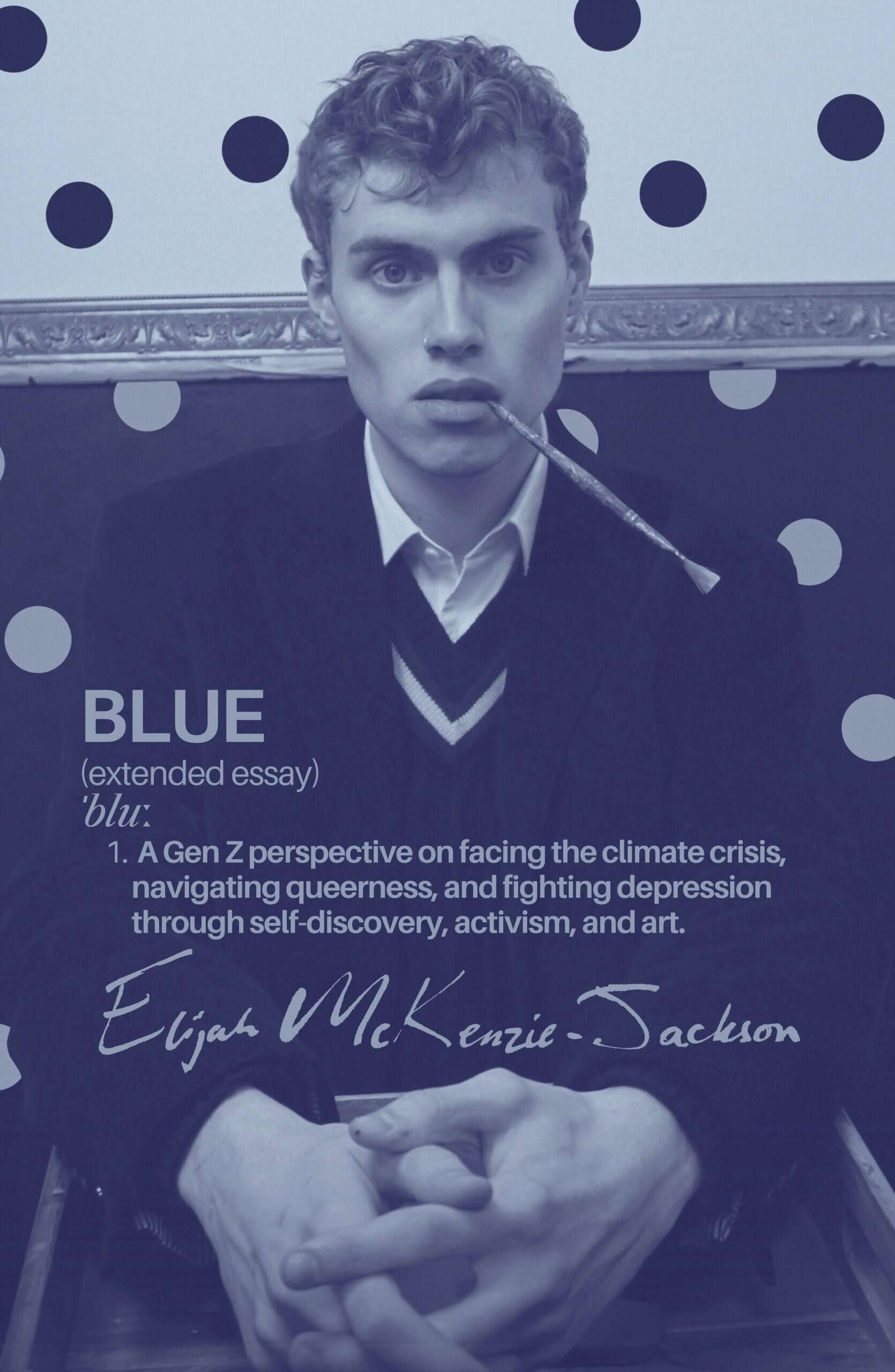
Elijah belongs to a generation raised amid relentless instability, including ecological collapse, political dysfunction, and cascading pandemics. Nevertheless, he refuses to despair. Instead, he chooses to build. As a result, BLUE emerges as a lyrical excavation of identity, rage, and hope, all forged in real time.
“My life didn’t unfold in a straight line,” Elijah writes. “It came in fragments.”
Consequently, the book honors that fragmentation. Its chapters shift between memory and theory, between raw reflection and rigorous analysis. Furthermore, emotion sits beside education, while vulnerability walks hand in hand with intellectual depth.
Ultimately, this hybridity feels not only deliberate, it feels necessary.
Storytelling as Infrastructure
For Elijah, writing is a form of architecture. BLUE creates a space where contradictions breathe. As a queer, Black climate activist, he understands how easily systems erase nuance. This book pushes back with depth and deliberate clarity.
“I didn’t want to simply tell my truth,” he says. “I wanted to interrogate it.”
Therefore, BLUE becomes more than memoir. It is a question in motion—one that invites participation, not passive observation. Through this structure, Elijah insists that empathy and education must coexist. Especially now.
Mental Health, Art, and the Quiet Radicalism of Survival
Elijah writes, “Waking up was a win.” That quiet phrase lands with force. It captures the cost of activism born from pain from climate grief, queer identity, and collective disillusionment. For him, speaking out became a way to survive.
However, there is a limit to constant urgency. Elijah felt it. “It became overwhelming,” he admits. That’s where art intervened. It offered space where truth didn’t need explanation or defense.
“Art became the one place I didn’t have to prove my worth,” he says.
In that shift, activism stopped being extraction. It became expression.
There Is No Earth Without Art – Elijah Mckenzie-Jackson
One of Elijah’s most talked-about pieces is “There’s No Place Like Home”. A ruby megaphone encrusted with 17,000 Swarovski crystals. At first, it feels glamorous, even nostalgic. However, closer inspection reveals something different. The sculpture is a protest tool, not an ornament.
Moreover, it includes a QR code that collects voice messages from displaced youth and queer refugees. In this way, the piece becomes a living archive—a shimmering vessel for stories often pushed to the margins.
“Sometimes it’s through symbolism that we reach people’s hearts,” he says. “That’s where real change begins.”
For Elijah, beauty and protest are not opposing forces. Rather, they are companions. Art becomes a method for bypassing resistance and making space for emotion.
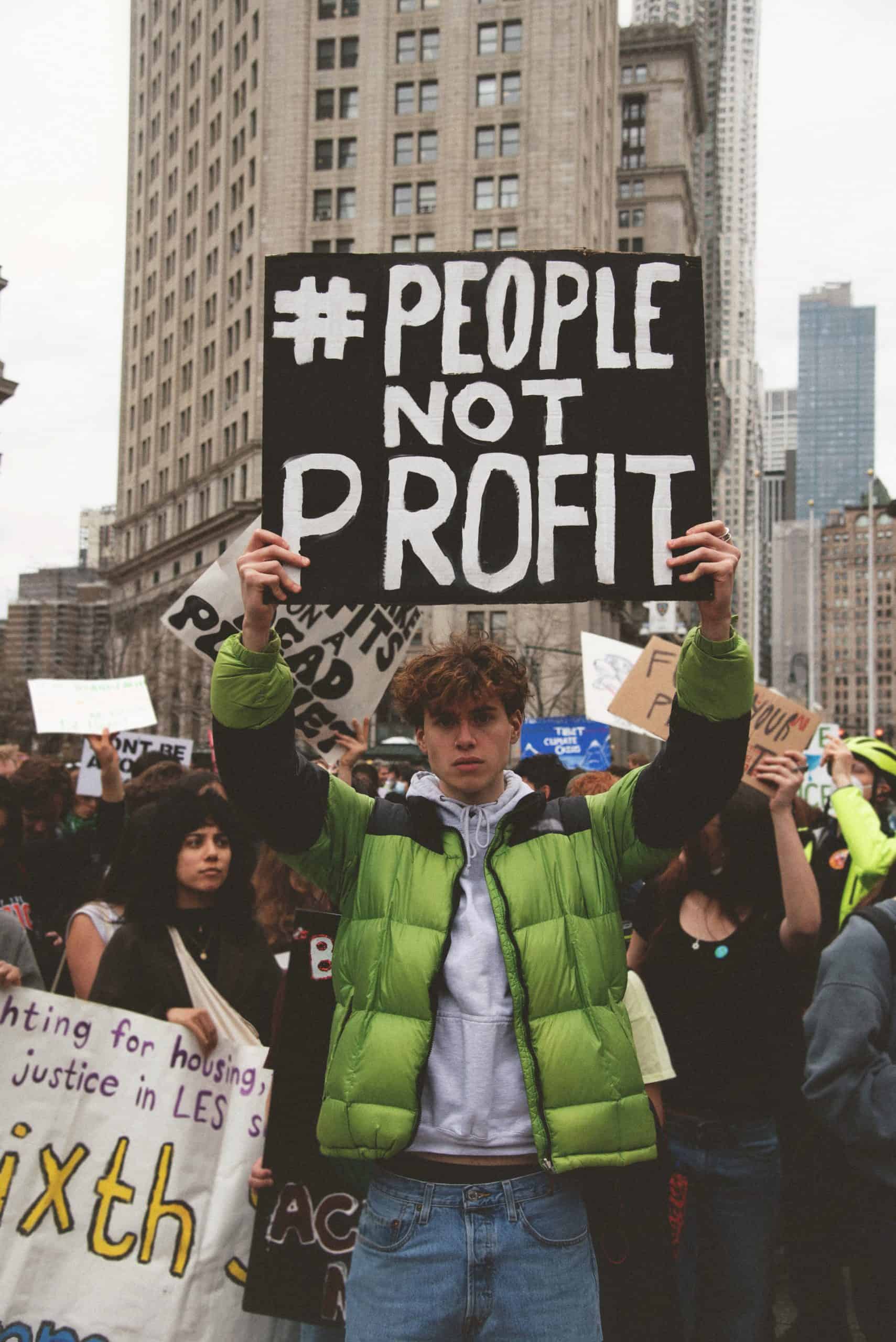
Queerness as Lens, Not Identity
Queerness, for Elijah, is not just who he is. It’s how he sees. It is a perspective that interrogates systems, centers the excluded, and redraws boundaries.
This perspective shaped his work at COP27. Moreover, alongside his husband, fellow activist Jerome Foster II, Jackson advocated for LGBTQ+ climate refugees. As a result, their work helped secure the first formal recognition of queer communities in UN climate displacement policy.
“It wasn’t just symbolic,” he says. “It was structural.”
In other words, Elijah’s queerness is not an accessory to activism. It is a framework for justice.
Activism as Relationship, Not Performance
For Elijah, movement-building is relational, not performative. During a trip to the Amazon, he met Anita Yudjas, an Indigenous activist his own age. Though they didn’t share a common language, they built connection through gestures, music, and ritual.
On the first night, she painted a turtle shell on his arm as a symbol of resilience. That moment stayed with him.
“We’re not leading with anger,” he says. “We’re building coalitions through storytelling.”
Ultimately, that encounter shaped the tone of BLUE. Elijah believes Gen Z activism is grounded in care. Not ego. Not noise. Connection.
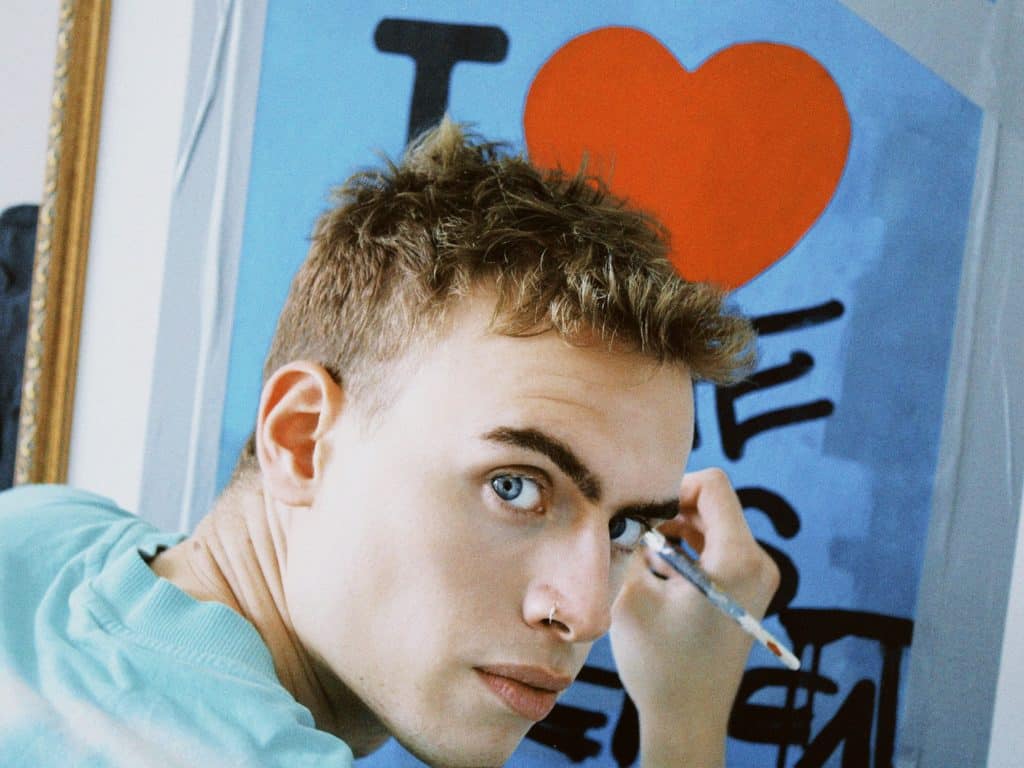
Grief as a Guidepost
Throughout the book, grief recurs not as a detour, but as a compass. Elijah doesn’t avoid it. He names it. At 15, he felt planetary grief. Then at 16, collective grief. and at 18, personal grief.
However, he doesn’t treat grief as a void. He treats it as proof.
“Grief is the weight of having loved deeply,” he writes.
In Elijah’s world, grief fuels vision. It becomes a call to action, to art, to ambition for justice.
“What if we poured that love into healing?” he asks. “Into imagination? Into what comes next?”
In this way, grief transforms. Not into resolution, but into responsibility.
Unfinished Work, Intentionally Held
Right now, Elijah is working on a new art collection. It’s still forming. That uncertainty, once uncomfortable, is now welcome.
“I want it to arrive raw, whole, and honest,” he says.
Rather than force meaning, he’s learning to let it emerge. For a generation conditioned to sprint, Elijah offers something else: the radical patience to wait.
The Color of Now
Elijah’s current favorite color is electric blue. Historically, blue was rare and expensive, once worth more than gold. Over time, it became common: uniforms, denim, the everyday.
Electric blue, however, feels reclaimed. It is vibrant, defiant, and undeniably modern.
“It holds history,” he says. “But insists on the future.”
That’s BLUE, in essence. A book that insists on presence, on truth and on the generative mess of becoming. In a world obsessed with binaries (rage or joy, grief or hope) Elijah makes space for both.
And through that space, he invites us to imagine what else might be possible.
Follow Elijah Mckenzie-Jackson on Socials:
Instagram: https://instagram.com/elijahmckenziejackson
TikTok: https://tiktok.com/@elijahmckenziejackson
Twitter: https://x.com/elijahmckenzee?lang=en
LinkedIn: https://www.linkedin.com/in/elijahmckenziejackson
Share this post
Patrick Duffy is the founder of Global Fashion Exchange, a company catalyzing positive impact through strategic consulting roadmaps focusing on supply chain transparency, worker rights, responsible production for B2B as well as consumer facing programming and community building focusing on aligning people or communities with the SDGs.
Experience developing networks and activating ideas, guiding creative teams globally, and working with institutions like the Victoria and Albert Museum and UNESCO, and iconic spaces such as Federation Square Melbourne, Madison Square Garden, Bryant Park in New York City, and The Dolby Theatre in Los Angeles.
Patrick has produced clothing swaps all over the world from, with GFX Active in over 100 countries. Each GFX event focuses on building community, education and transformational business models. Partnering with global brands, key stakeholders, and academia to help create awareness and positive impact through conscious consumption
Patrick harnesses the power of media to create positive social and environmental impact. Through storytelling, education, and advocacy, he raises awareness, inspires action, to catalyze change. By highlighting issues and solutions, Patrick creates strategic campaigns to engage audiences, influence attitudes and behaviors, and contribute to a more sustainable and just world. Additionally, Patrick is the Sustainability and Positive Impact Director of Paris based @IRKMagazine and Editor In Chief of @IRKLiving
Patrick has produced and co-curated events and marketing/PR campaigns for recognized brands across art, fashion, and tech spaces including @virginhotels @britishfashioncouncil @mspdid @moethennessy @microsoft @lagosfashionweekofficial @perutradenyc @fashionimpactfund @istitutomarangonidubai @peaceboatus @lisboafashionweek and more spanning 15 years and hundreds of events in 5 continents.
Read Next

